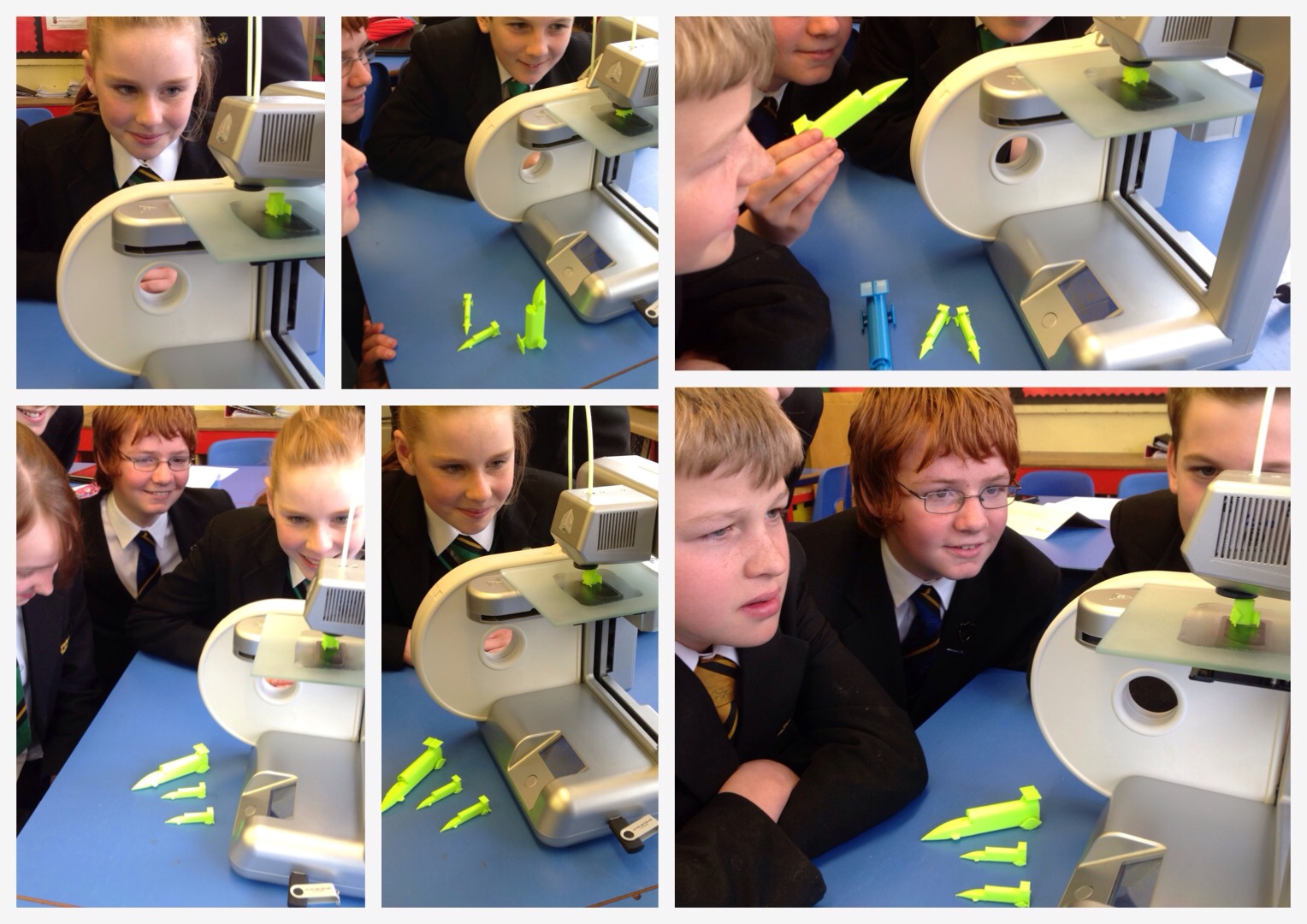According to Onvia – a business that monitors and tracks government agency budgets – spending on 3D printing technology in education is almost $32,000 per contract awarded. Additionally they have found a large number of proposed education budgets and spending plans for 2015 that include 3D printers and the creation of makerspaces.
Oniva examined the budgets and spending plans of the 80,000 government agencies that they monitor and noticed a lot of increased spending in the SLED -State, Local and Education – market, specifically in the Education sector. Many prominent manufacturers have entire sections of their businesses devoted to developing relationships with education, and many educators have long been beating the 3D printing drum. But based on their reported data, school districts, libraries and government agencies are finally starting to listen.

Some recent examples include Suwanee, Georgia’s Gwinnett County Public Schools awarding a yearlong contract worth $97,356 to 3D Printer Technology. The 3D printing service provider will install 3D printing technology in the county’s schools and offer training, support and maintenance. North Carolina’s Cleveland Community College and Georgia Institute of Technology awarded bids of $37,600 and $40,000 respectively to Technical & Management Resources Inc for 3D printing equipment and support. And the Dallas County Community College District gave RLC Teaching Systems, Inc $36,700 to supply 3D printing equipment for the school’s engineering, technology and manufacturing students.
But those are just tips of the 3D printed iceberg. Onvia found hundreds of budgets, capital improvement plans and education programs that included 3D printing products and technology, and most of them specifically for elementary and secondary schools. The average new 3D printing contract for 2014 was almost $32,000, and 97% of them were for schools serving students from K-12, with the remainder serving college level education. And even schools that already have technology labs are increasing spending in rapid prototyping and additive manufacturing, like Connecticut’s Enfield Public School District who budgeted to bring additional 3D printers into their middle schools.
The districts 2014-2015 Superintendent’s Budget Proposal stated “The Technology Education department has adopted several new technologies in the last few years including: CNC plasma cutters, CNC Mills, CNC vinyl cutters, and 3D printers in our courses. These technologies allow students to take advantage of modern manufacturing technologies to produce work that was impossible just a few years ago. Using the technology helps students develop complex spatial relation skills and requires students to apply: math, science, and computer technology skills to develop their projects. By learning to use these technologies students are better prepared to compete in a post-secondary educational programs, careers, or personal artistic and creative pursuits.”

It isn’t just schools getting in on 3D printing either, libraries are starting to integrate 3D printers and makerspaces into the public library experience in order to serve a growing number of interested entrepreneurs and students. Libraries in cities as diverse as Billings, Montana, Denton, Texas and University City in Missouri are proposing fully stocked and publically accessible makerspaces and 3D printing labs.
If Onvia’s data is to be believed, this is the start of a high tech education movement in the US, but is this just a case of jumping on a trend? Are local school districts and educators simply being wooed by the flashing lights and extruding plastic of 3D printer manufacturers aggressively marketing to them?
While I’m certain that isn’t hurting, I believe that it is more than that. 3D printing is comparatively cheap in relation to other types of high-tech training that can be brought in, but it is also exciting. Students are engaged in it because it is something that they can touch, and they can literally watch something drawn from their imagination created in front of them. I think this is more a rare case of something that makes financial and educational sense to educators being inline with the wants and desires of students. So while it may be just a trend, it is one that should probably stick around for a while.


